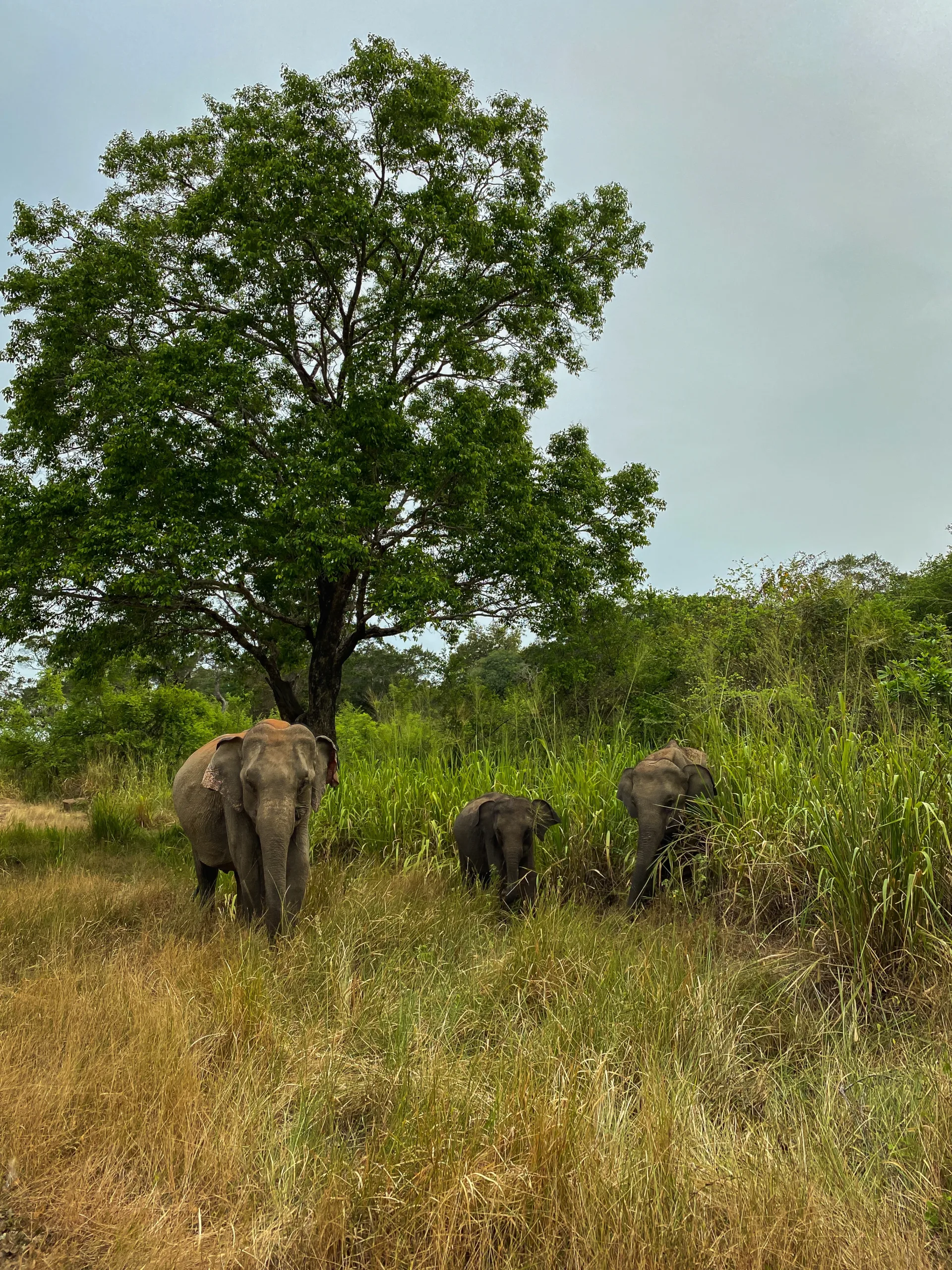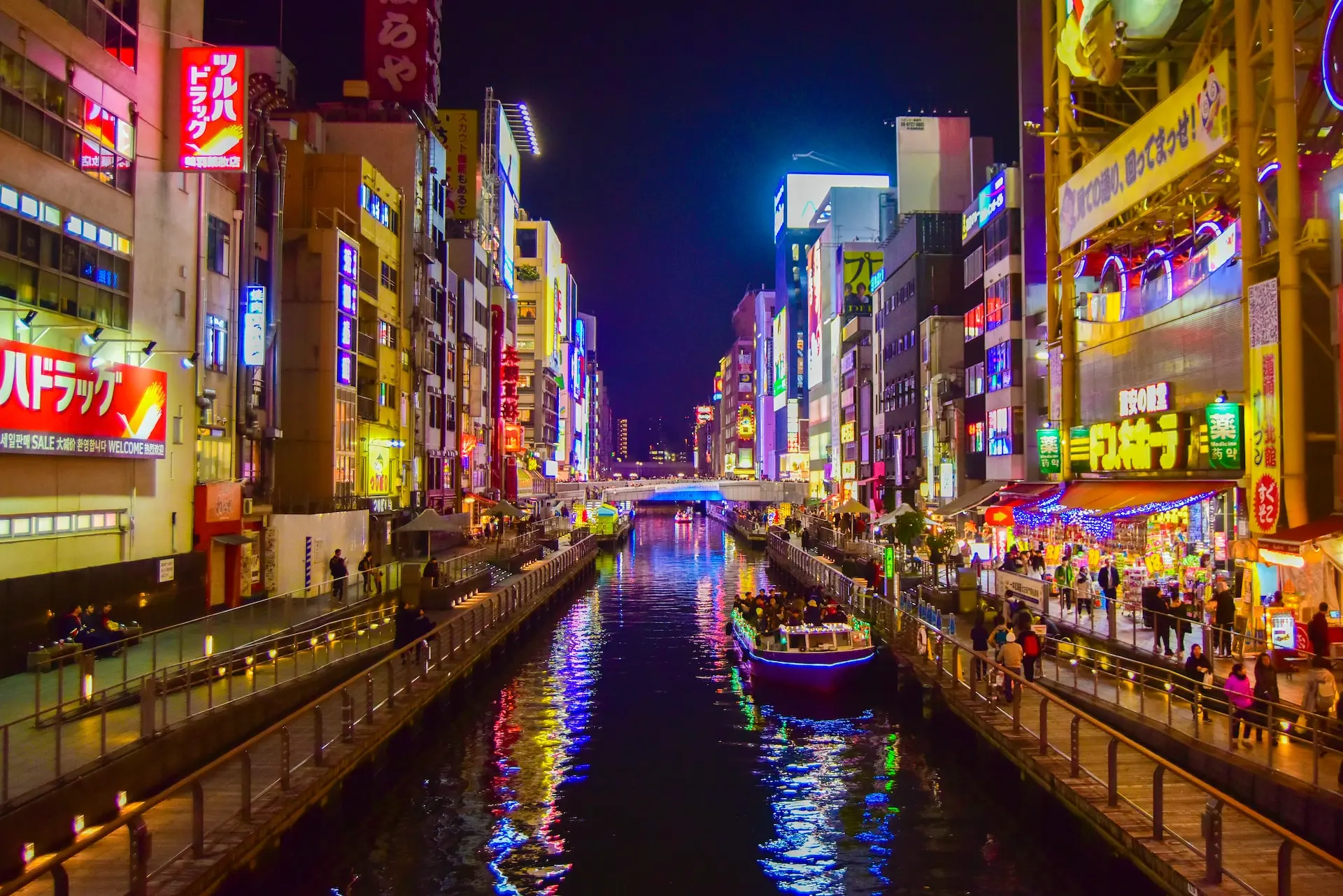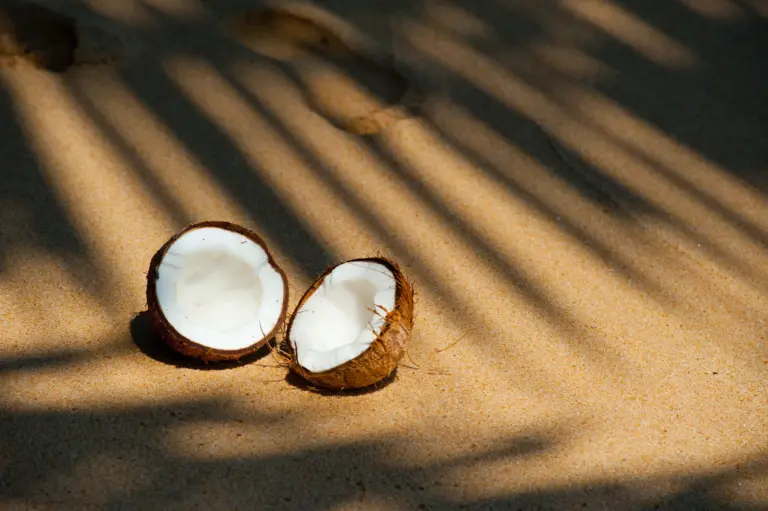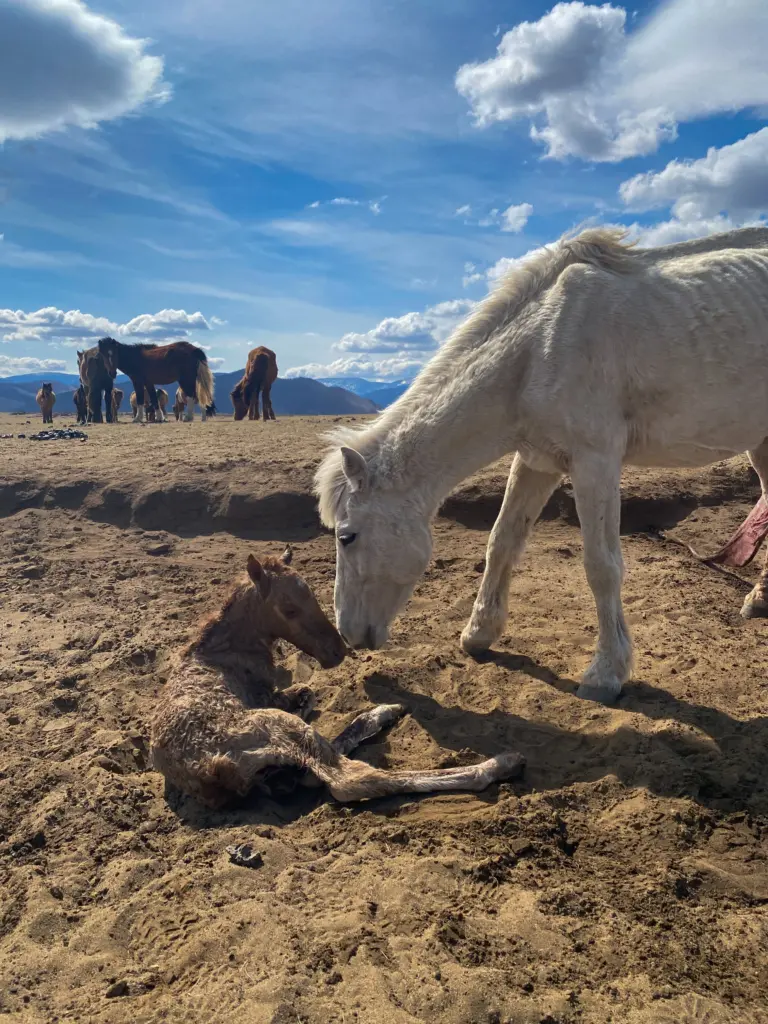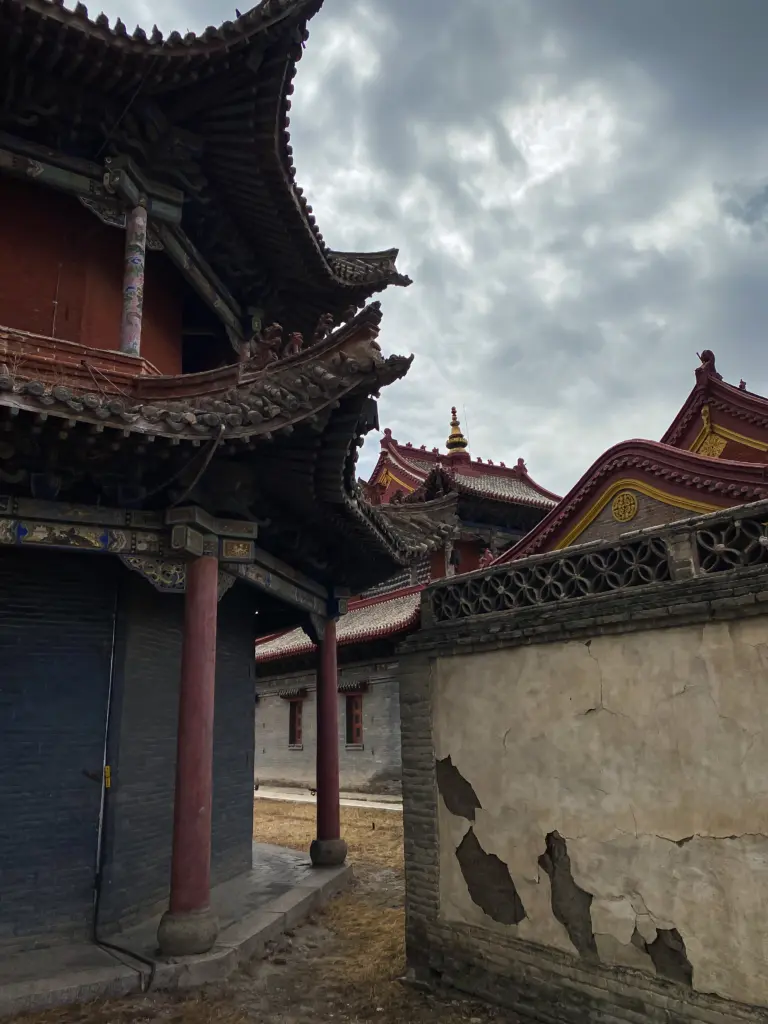Today, I want to dive into the deep end of Buddhist philosophy. We’re exploring a concept that’s as profound as it is misunderstood: emptiness, or as it’s called in Sanskrit, “Sunyata.”
Now, you might be thinking: “Emptiness? That sounds a bit bleak!” But stay with me. In Buddhism, emptiness doesn’t quite mean what you’d expect. When Buddhists talk about emptiness, it’s not a nihilistic term implying nothingness. Rather, it’s a concept full of depth, beauty, and meaning, hinting at the interconnectedness of all things in the universe.
It’s a principle that sheds light on the reality beyond our regular perceptions. Intrigued? Let’s unpack this concept together and see how it can enrich our understanding of life and reality.
Table of Contents
Toggle
The Origins of Emptiness in Buddhism
When we journey back to the formative years of Buddhism, we find ourselves in the fertile philosophical landscapes of ancient India. The concept of Sunyata, translated as “emptiness,” wasn’t born out of a vacuum. It has deep roots in the earlier teachings of the Buddha, found in the Pali Canon, the most sacred text in Theravada Buddhism.
While the term “Sunyata” itself doesn’t frequently appear in these early texts, the foundations for this concept were laid through teachings on “Anatta,” or “non-self.” Here, the Buddha expounded that all phenomena, including humans, are void of an inherent, independent essence or self.
But the concept of Sunyata truly came into its own with the advent of Mahayana Buddhism, especially in the Prajnaparamita sutras and the Heart Sutra (here is a beautiful English translation of the Heart Sutra by Thich Nhat Hanh if you’re interested.)
Nagarjuna, a key figure in Mahayana Buddhism, was instrumental in developing the philosophy around Sunyata, asserting that it was the very nature of existence itself. This marked a shift from the earlier teachings, adding depth and nuance to the interpretation of Sunyata.
So, while the origins of Sunyata are nestled in the earliest Buddhist teachings, it’s in the Mahayana tradition and the Heart Sutra where it truly blossomed into the profound concept we know today.

What is Meant by Emptiness in Buddhism?
Sunyata is a fundamental concept in Buddhism, especially within the Mahayana tradition. It’s commonly translated as “emptiness,” but this can be a bit misleading. It doesn’t mean “nothingness” or a void, but rather points to the idea of “emptiness of inherent existence.”
According to this concept, everything in the universe, from the chair you’re sitting on to your thoughts and feelings, lacks independent, inherent existence. Everything is interdependent and interconnected, coming into being only through a web of causes and conditions.
Nagarjuna famously used the term “dependent origination” to explain this concept. Essentially, things exist merely as a set of relationships with everything else. There’s no such thing as an independent, self-contained entity.
In the Heart Sutra, one of the best-known Mahayana Buddhist texts, it’s stated that “form is emptiness and emptiness is form.” It tells us that what we perceive as physical reality and the emptiness of inherent existence are essentially the same. Our usual way of perceiving the world, as composed of separate, independent objects, is a misunderstanding.
Clearing Up the Misconceptions of Emptiness
The concept of emptiness in Buddhism is often misunderstood. Let’s debunk some of these misconceptions.
Emptiness equals nihilism: One of the most common misunderstandings is to equate emptiness with nihilism, or the idea that nothing matters because nothing truly exists. No, we are not going full Nietzsche on this because this is actually one of the biggest misunderstandings for Emptiness. Emptiness in Buddhism doesn’t mean that nothing exists at all. Rather, it suggests that things don’t exist in the way we commonly perceive them to – as independent, self-contained entities.
Emptiness means nothingness: Another misconception is that emptiness implies a void or a state of nothingness. But emptiness is not about the absence of everything. It’s about the absence of inherent existence. In Buddhism, emptiness is a characteristic of phenomena, pointing to their interdependent and constantly changing nature.
Emptiness is a thing: Emptiness is often mistaken as some sort of mystical entity or absolute reality that one could grasp or attain. However, emptiness is not a thing, but a way to describe how things are. It’s a way of understanding the world that cuts through our usual, solidified concepts of reality.
Emptiness negates morality: Some may think that if everything is empty, then morality doesn’t matter. That’s not the case, the understanding of emptiness in Buddhism doesn’t negate morality. In fact, it underscores the importance of ethical conduct. Since all things are interdependent, our actions have consequences, contributing to our own and others’ suffering or happiness.
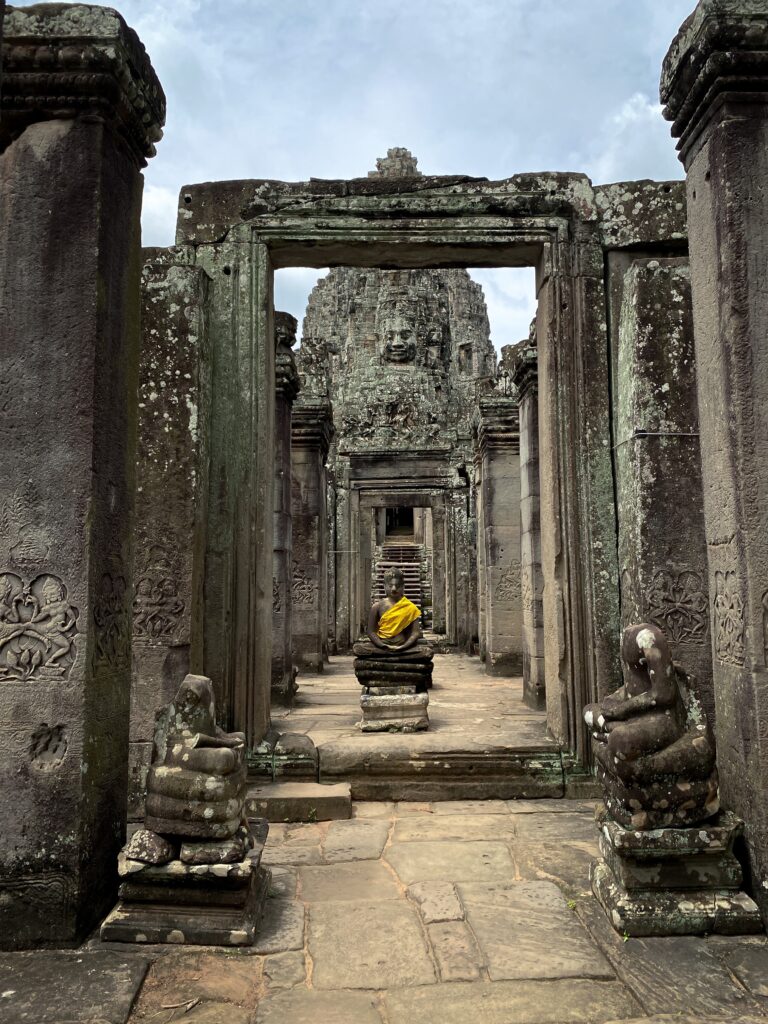
What is an Example of Emptiness in Buddhism?
To give an example on how we can better grasp this concept, let’s look at a chariot.
In ancient times, a chariot was seen as a single, solid entity. But if we deconstruct it, we see that it’s made up of various parts – wheels, axles, the seat, the yoke, and so on. If we were to disassemble the chariot and lay all the pieces on the ground, ask yourself this: “Where is the ‘chariot’?” We could search each part, but we wouldn’t find the chariot in any one of them, nor in the sum of them.
The chariot exists, but not in the way we usually think of existence. It doesn’t exist independently, but interdependently. It’s not a single, inherent “thing.” Rather, it’s a temporary coming together of parts that function in a particular way, and we assign the label “chariot” to that functional collection of parts.
So with that in mind, how about us as human beings? Just like the chariot, we tend to think of ourselves as single, solid entities, separate from the rest of the world. But if we look closely, we find that we too are made up of various parts and processes, constantly changing and interdependent with everything else.
Your body is composed of organs, cells, atoms, and so on, none of which on their own can be identified as “you.” Where are “you” exactly? Are you in the mind, the body, the heart?
Nah, our minds are a flowing stream of thoughts, feelings, perceptions, and memories, none of which constitute a permanent “self.” We are an ongoing process, a dynamic interplay of countless factors, and yet we habitually identify with a fixed notion of “me.” Well, that’s actually just the ego at work and even that is empty!
Like the chariot, we are empty of inherent, independent existence. We exist, but not in the way we normally conceive. We are interconnected with everything else, shaped by countless causes and conditions, and constantly changing. We are the universe experiencing itself.
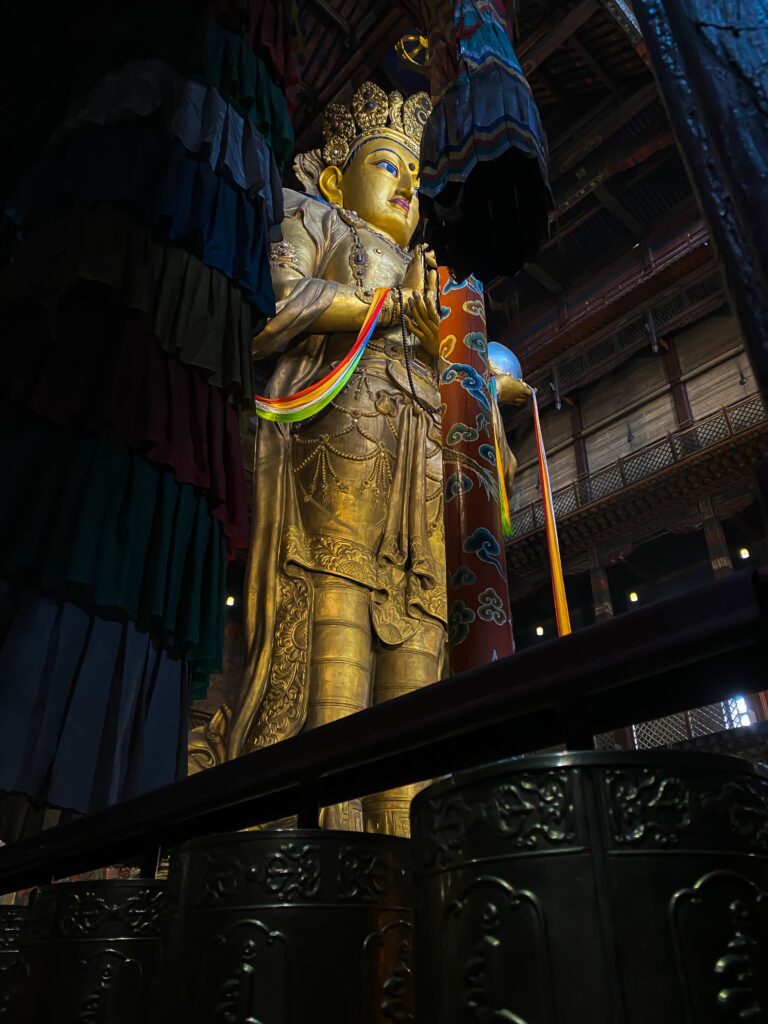
Emptiness in the Heart Sutra
Let’s dive into the Heart Sutra, one of the most renowned texts in Mahayana Buddhism. The Heart Sutra is known for its deep and succinct teachings on emptiness. Its mere 260 words contain profound wisdom about the nature of existence. (You can listen to a beautiful rendition of the Heart Sutra by Gaiea here.)
The Heart Sutra (a narration on Emptiness by the Avalokiteshvara, the Bodhisattva of Compassion, to one of Buddha’s top disciples, Shariputra) frames emptiness in a way that is both poetic and paradoxical, saying: “Form is emptiness, emptiness is form.”
What does this mean? Well, think about a rainbow. We can see it, we can point to it, but can we touch it? No, because a rainbow is formed through the interaction of sunlight, rain, and our own perception. It does not exist independently. In the same way, the Heart Sutra is telling us that all phenomena are like this – they appear solid and real to our senses, but upon deeper examination, they are seen to be contingent upon many other factors.
How to Practice Emptiness?
Understanding the concept of emptiness is one thing, but bringing this understanding into our daily lives is where it becomes truly transformative.
Practicing mindfulness is a great start. By observing our thoughts, feelings, and actions without judgment, we start to see that they are not as solid and unchanging as they might seem. This can help us to not cling to them as much, reducing our suffering.
When we realize that we are not separate, independent entities, but interconnected with all beings and the environment, it naturally leads to caring for others and the world around us.
Emptiness is not something to “achieve.” It’s not about emptying the mind or experiencing a state of nothingness. It’s a realization about the nature of reality. So don’t stress about “achieving” emptiness. It’s more about understanding and seeing things as they truly are.
Meditation is an essential tool in this journey. Sitting in silence, focusing on the breath, and letting thoughts and feelings arise and pass away can give us a direct experience of emptiness.
I’ll end the article with the last verse from the Heart Sutra where Bodhisattva Avalokitesvara shared the profound mantra (you can learn more about this mantra here) that will help bring us closer to understanding the concept of Emptiness and to enlightenment:
“Therefore Sariputra,
it should be known that
the Insight that Brings Us to the Other Shore
is a Great Mantra,
the most illuminating mantra,
the highest mantra,
a mantra beyond compare,
the True Wisdom that has the power
to put an end to all kinds of suffering.
Therefore let us proclaim
a mantra to praise
the Insight that Brings Us to the Other Shore.”
Gate Gate, Paragate, Parasamgate, Bodhi Svaha!

